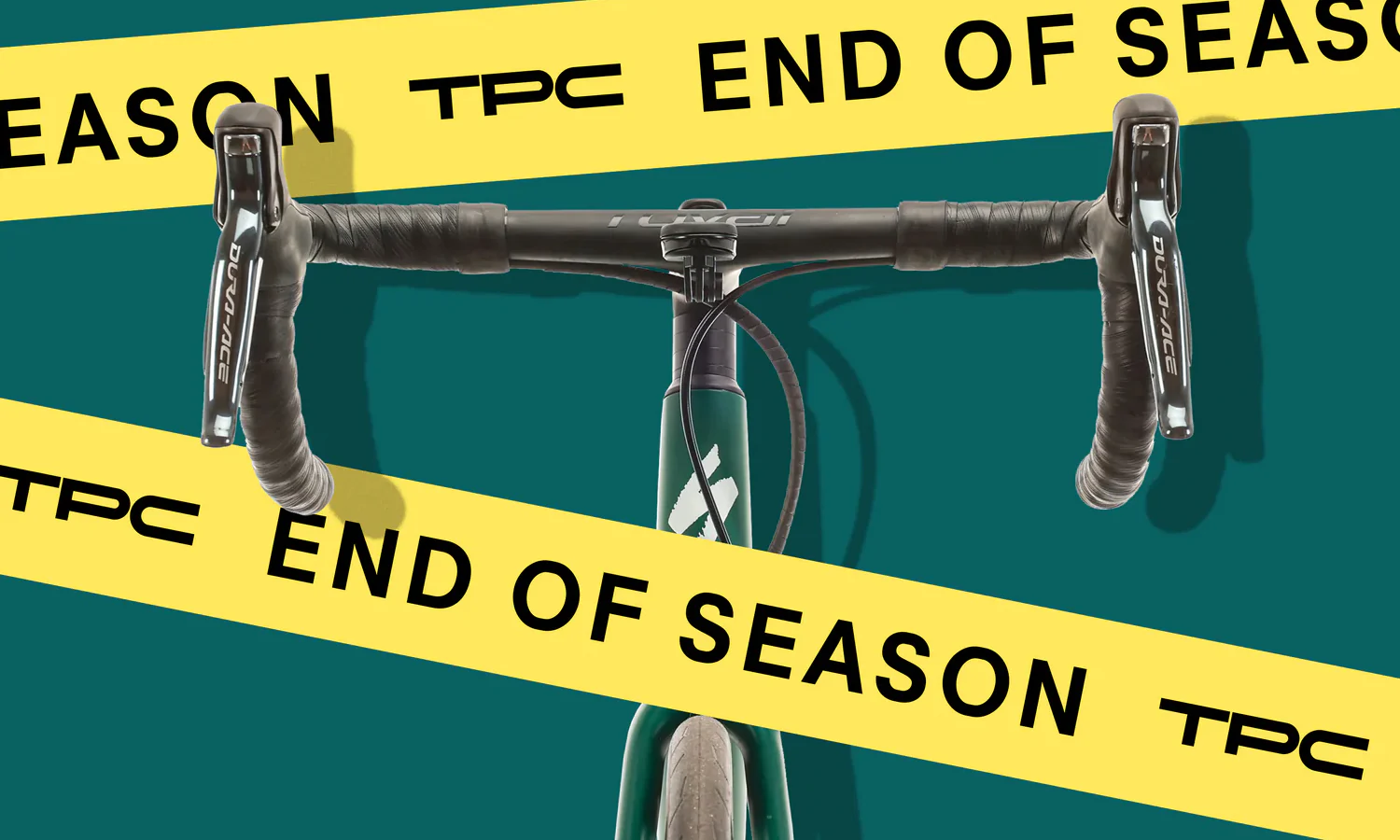Clincher vs. Tubular vs. Tubeless wheels and tires
If you're buying wheels or tires for your bike, make sure to pay attention to what type they are! The three main types are clincher, tubular, and tubeless. If you're shopping at The Pro's Closet, it's easy to see the wheel or tire type in the product specifications. If you want, you can also filter by "tire-type" for wheels and "type" for tires.
SHOP ALL WHEELS | SHOP ALL TIRES
Clincher wheels and tires
Clinchers have traditionally been the most common type of road bike tire. True to their name, clincher tires “clinch” to the inside of the wheel rim with a bead of steel wire or kevlar. They require an inner tube to hold air.
Clincher tires are the easiest tires to mount and generally cheaper than their tubular and tubeless counterparts. It’s also easy to fix flats on clincher tires by patching or replacing the inner tube, making them a popular choice for many recreational cyclists.
But there are also some downsides to clinchers. Flats are easier to fix, but they are also more common. Perhaps most importantly for competitive cyclists (and weight weenies), they’re also heavier — a crucial consideration for professional cyclists, as well as those seeking a vaunted KOM or QOM on Strava.
SHOP CLINCHER WHEELS | SHOP CLINCHER TIRES
Tubular wheels and tires
Tubular tires are completely round, with the tube essentially part of the tire itself. They are glued onto tubular rims. Tubular tires are popular among pros and high-level racers because they’re lighter, have lower rolling resistance and offer better ride quality. Because they need to be glued to the rim, they’re more of a hassle for recreational riding, especially if you get a flat. Plus, there are fewer rim and wheel options for tubulars. Tubular wheels and tires are not compatible with any other clincher or tubeless wheels or tires.
SHOP TUBULAR WHEELS | SHOP TUBULAR TIRES
Tubeless wheels and tires
While tubeless has been popular with mountain bikers for years, more recently they’ve become the standard for gravel bikes, and are starting to gain a foothold with road bikes.
Tubeless tires create an airtight seal using a small amount of liquid sealant inside the tires. When the tire is punctured, the internal pressure pushes the sealant out and seals the puncture almost instantly with natural or synthetic latex that mimics the tire itself. Tubeless tires require tubeless or "tubeless ready" wheels. These wheels are designed specifically to work with tubeless or "tubeless ready" tires.
Read more: The Beginner's Guide to Tubeless Tires
Tubeless tires are usually lighter than clincher tires, plus pinch flats (and flats more generally) are rarely an issue. Like tubular tires, they also offer less rolling resistance than clinchers. Tubeless wheels and tires can also be used with an inner tube, just like a clincher, making them super versatile.
SHOP TUBELESS WHEELS | SHOP TUBELESS TIRES
What's the best wheel and tire for you?
| Clincher tires | Tubeless tires | Tubular tires | |
| Ease of installation | 1 | 2 | 3 |
| Low rolling resistance | 3 | 2 | 1 |
| Flat prevention | 3 | 1 | 2 |
| Ease of repair | 1 | 2 | 3 |
| Cost | 1 | 2 | 3 |
(1-3 ranking goes from best to worst in this comparison table, assuming equivalent tire quality on same road conditions.)
The short answer is “it depends.” Clincher tires might be right for some, while tubeless or tubular are best for others. Whether they’re the best choice for you depends on a combination of factors, from riding style to terrain to personal preference to cost.
Cyclists who are mechanically inclined or those with experience setting up tubeless gravel or mountain bike tires should at least consider tubeless road tires. The improved performance may be worth the extra shop time.
Those who want to minimize maintenance and cost will likely be happy with clinchers. This is especially true for those who don't obsess about speed and performance.
On the other hand, pure road and cyclocross racers will always have a hard time resisting the classic tubular set-up. Most roadies in the pro peloton still opt for this setup. However, it must be said that they have an army of mechanics at their disposal to get the dang things mounted up.
Whatever your tire setup, learn its nuances and carry the right tools to make a repair on the road. After all, no matter the technology, flat tires still haven't become obsolete.
















